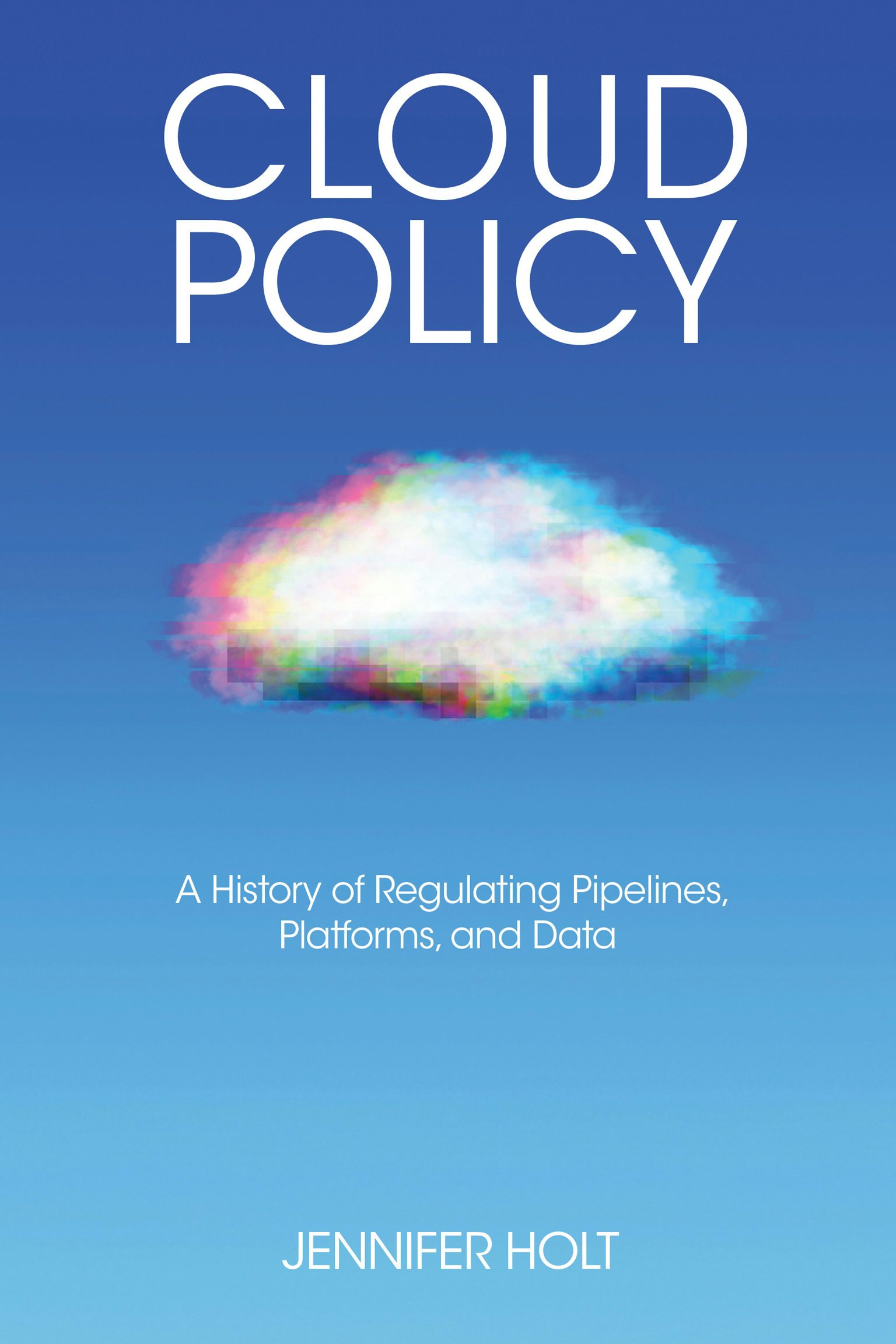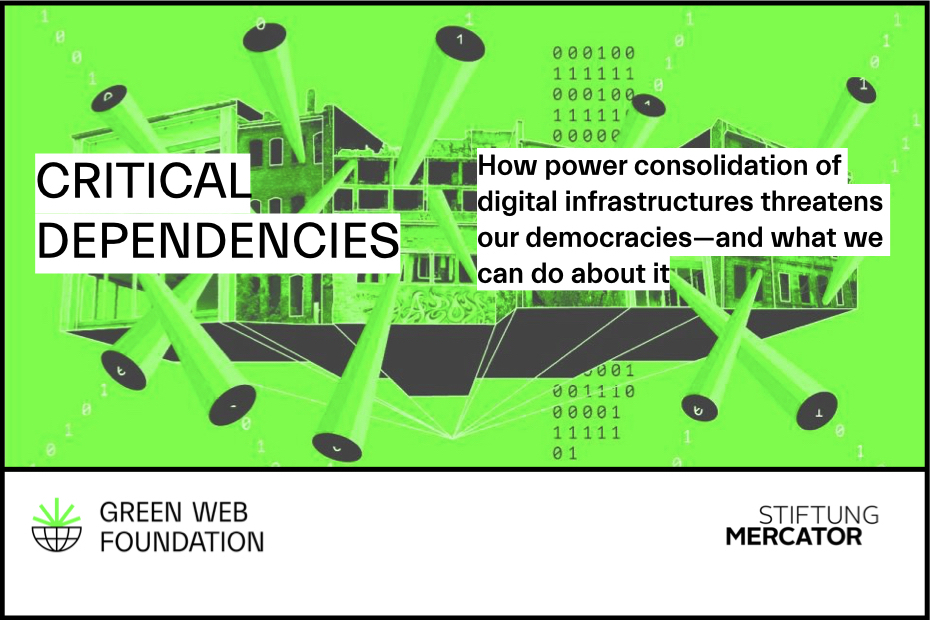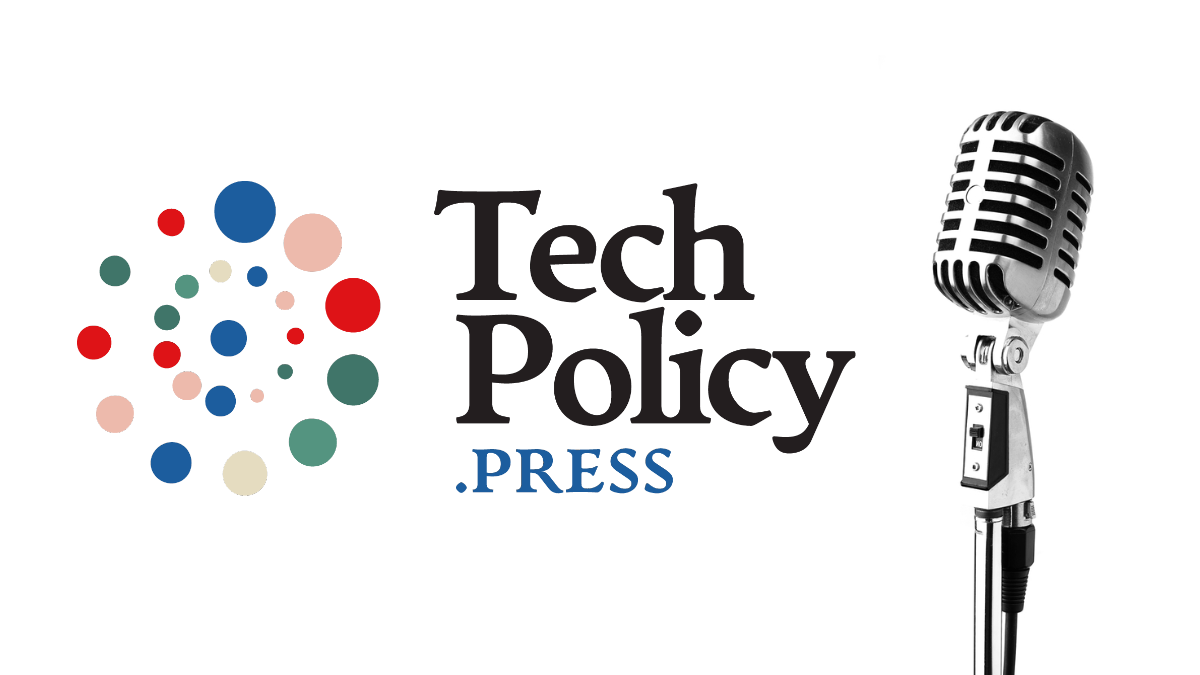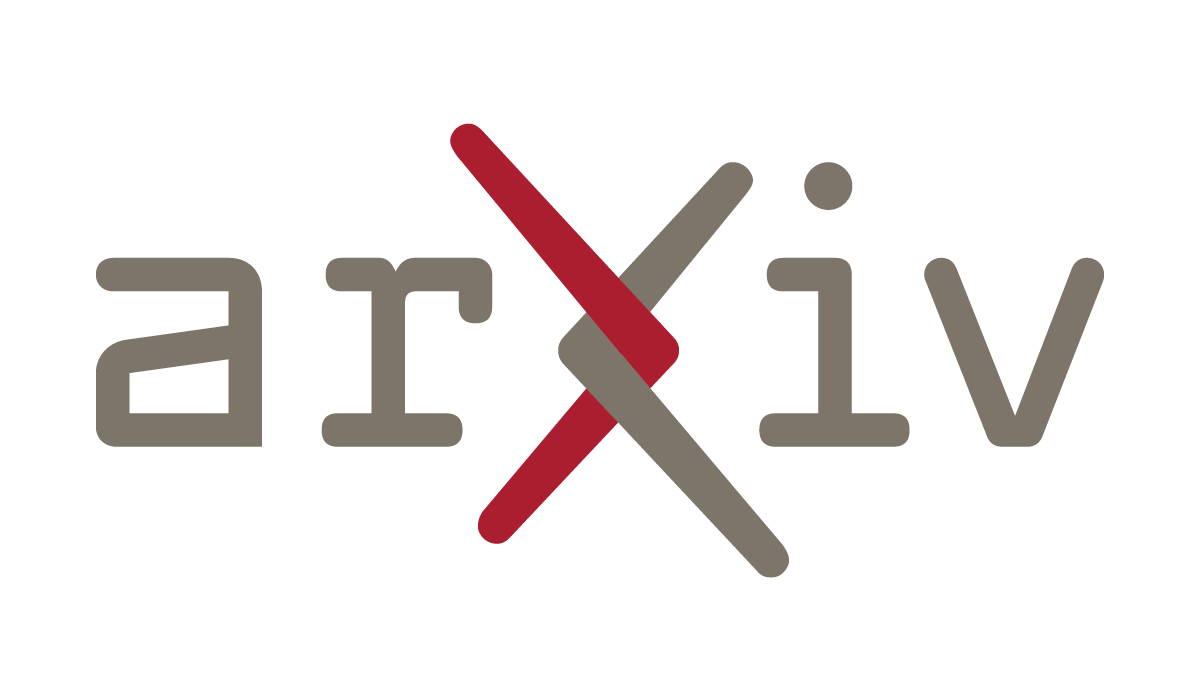Mutually Assured Education
This report aims to go behind the headlines and beyond the simplified facial recognition (FR) debate that we see in so much of the media today. The report highlights the types of FR in use by policing and others around the world, and explores the big debates around that use. We interviewed 34 stakeholders – including policing practitioners, academics, regulators and suppliers – to share their views and expertise on this complex issue. This analysis includes an insightful foreword from National Police Chiefs' Council (NPCC) Chair Chief Constable Gavin Stephens.
Digital platforms have disrupted many sectors but have not yet visibly transformed highly regulated industries. This study of Big Tech entry in healthcare and education explores how platforms have begun to enter highly regulated industries systematically and effectively. It presents a four-stage process model of platform entry, which we term as “digital colonization.” This involves provision of data infrastructure services to regulated incumbents; data capture in the highly regulated industry; provision of data-driven insights; and design and commercialization of new products and services. The article clarifies platforms’ sources of competitive advantage in highly regulated industries and concludes with managerial and policy recommendations.
 mitpress.mit.edu
mitpress.mit.edu
> Examining how U.S. regulation of media infrastructure over the past century—spanning broadband, digital platforms, and data centers—has eroded civil liberties and democratic principles, this book interweaves historical and interdisciplinary perspectives to elucidate how policies from an analog era continue to shape today’s digital governance. The work fosters a comprehensive understanding of the policy challenges faced and inspires potential restorative actions to realign infrastructure regulation with public interest and equity.
> Policymakers face increased pressure to regulate digital markets to balance competition, privacy, and innovation. While traditional policy literature views regulation as a technical problem requiring specific interventions, there is significant debate about the appropriate solutions. This analysis synthesizes both technocratic and political perspectives, proposing a framework to predict effective regulatory remedies by examining common market structures.
> This talk analyzes how the US, China, and the EU shape the global digital order. The speaker examines different regulatory models: US market-driven, Chinese state-driven, and EU rights-driven approaches. The discussion highlighted shifts in tech regulation, including AI governance, geopolitical impacts, and the rise of digital sovereignty. Despite challenges, the talk emphasized the importance of democratic governance over critical tech policy decisions.
> ## Abstract > > Reinforced by the technological decoupling and the related battle for technological supremacy between the United States and China, telecommunication technology has become increasingly politicised. As the functioning of global telecommunication technology relies on interoperability and compatibility, government and private actors have strong incentives to shape the underlying standards in their economic and political interests. The International Telecommunication Union (ITU) and its Members play a central role in setting these standards for future telecommunication technology. Despite the ITU's importance in this field, relatively little is known about the organisation's work on standardisation and the actors behind it. This Policy Insight introduces a new data set on the involvement of over 800 government and private actors and their almost 50,000 contributions to ITU standardisation processes between 2000 and 2022. A descriptive analysis of the data set illustrates that particularly Chinese actors—Huawei, ZTE, China Mobile, China Unicom and China Telecom—have been actively driving the ITU's standardisation processes in the areas of transport, access and home but also future networks and cloud. The data set introduced here is envisaged as a source which allows researchers to study the reasons and implications for certain actors' involvement in the international standardisation of telecommunication and digitalisation.
This Article challenges the common view that more stringent regulation of the digital economy inevitably compromises innovation and undermines technological progress. This view, vigorously advocated by the tech industry, has shaped the public discourse in the United States, where the country’s thriving tech economy is often associated with a staunch commitment to free markets. U.S. lawmakers have also traditionally embraced this perspective, which explains their hesitancy to regulate the tech industry to date. The European Union has chosen another path, regulating the digital economy with stringent data privacy, antitrust, content moderation, and other digital regulations designed to shape the evolution of the tech economy toward European values around digital rights and fairness. According to the EU’s critics, this far-reaching tech regulation has come at the cost of innovation, explaining the EU’s inability to nurture tech companies and compete with the United States and China in the tech race. However, this Article argues that the association between digital regulation and technological progress is considerably more complex than what the public conversation, U.S. lawmakers, tech companies, and several scholars have suggested to date. For this reason, the existing technological gap between the United States and the EU should not be attributed to the laxity of American laws and the stringency of European digital regulation. Instead, this Article shows there are more foundational features of the American legal and technological ecosystem that have paved the way for U.S. tech companies’ rise to global prominence—features that the EU has not been able to replicate to date. By severing tech regulation from its allegedly adverse effect on innovation, this Article seeks to advance a more productive scholarly conversation on the costs and benefits of digital regulation. It also directs governments deliberating tech policy away from a false choice between regulation and innovation while drawing their attention to a broader set of legal and institutional reforms that are necessary for tech companies to innovate and for digital economies and societies to thrive.
 policyreview.info
policyreview.info
Our current policy and research focus on artificial intelligence (AI) needs a paradigmatic shift in order to regulate technology effectively. It is evident that AI-based systems and services grab the attention of policymakers and researchers in light of recent regulatory efforts, like the EU AI Act and subsequent public interest technology initiatives focusing on AI (Züger & Asghari, 2023). While these initiatives have their merits, they end up narrowly focusing efforts on the latest trends in digitalisation. We argue that this approach leaves untouched the engineered environments in which digital services are produced, thereby undermining efforts to regulate AI and to ensure that AI-based services serve the public interest. Even when policymakers consider how digital services are produced, they assume that AI is captured by a few cloud companies (Cobbe, 2024; Vipra & West, 2023), when, in fact, AI is a product of these environments. If policymakers fail to recognise and tackle issues stemming from AI’s production environments, their focus on AI may be misguided. Accordingly, we argue that policy and research should shift their regulatory focus from AI to its production environments.
 www.balancedeconomy.org
www.balancedeconomy.org
The White Paper sets out an initial high-level framework for states, policymakers, civil society, workers and others to dismantle Big Tech's concentrated power over digital ecosystems, and to encourage the emergence of a fair digital economy that is open, decentralised, democratic and serves the common good.
 www.thegreenwebfoundation.org
www.thegreenwebfoundation.org
The Green Web Foundation tackles "How power consolidation of digital infrastructures threatens our democracies-and what we can do about it"
There is a growing trend for high-status original equipment manufacturers (OEMs) such as premium electronics manufacturers and premium carmakers to create and capture value through digital extensions of their products. However, these incumbents face disruptive threats from platforms offering substitutes for these digital extensions. The literature suggests that coopetition—the interplay of cooperation and competition—is a viable strategic response to this threat. However, we have a limited understanding of how high-status OEMs coopete with platforms to maintain their digital extensions' edge over time. We address this gap through a longitudinal case study of InnoCar, a premium European carmaker whose digital extensions—car-specific digital services that enhance the driving experience, such as real-time navigation and infotainment—were challenged by Google and Apple. In response, InnoCar pursued what we call the slipstream strategy, which consists of two phases with varying intensities of cooperation and competition. A high-status OEM first increases its cooperation with platforms at the expense of competition in order to establish shared demand-related complementary assets. Second, it focuses on competing with platforms on the quality of its digital extensions while keeping cooperation to a minimum. We develop a conceptual framework that specifies the slipstream strategy and provide boundary conditions for its application. Our paper contributes to research on coopetition with platforms.
Woodrow Hartzog - Industry will take everything it can in developing artificial intelligence (AI) systems. We will get used to it. This will be done for our benefit. Two of these things are true and one of them is a lie. It is critical that lawmakers identify them correctly. In this Essay, I argue that no matter how AI systems develop, if lawmakers do not address the dynamics of dangerous extraction, harmful normalization, and adversarial self-dealing, then AI systems will likely be used to do more harm than good.
 misq.umn.edu
misq.umn.edu
Research on platform owners’ entry into complementary markets points in divergent directions. One strand of the literature reports a squeeze on post-entry complementor profits due to increased competition, while another observes positive effects as increased customer attention and innovation benefit the complementary market as a whole. In this research note, we seek to transcend these conflicting views by comparing the effects of the early and late timing of platform owners’ entry. We apply a difference-in-differences design to explore the drivers and effects of the timing of platform owners’ entry using data from three entries that Amazon made into its Alexa voice assistant’s complementary markets. Our findings suggest that early entry is driven by the motivation to boost the overall value creation of the complementary market, whereas late entry is driven by the motivation to capture value already created in a key complementary market. Importantly, our findings suggest that early entry, in contrast to late entry, creates substantial consumer attention that benefits complementors offering specialized functionality. In addition, the findings also suggest that complementors with more experience are more likely to benefit from the increased consumer attention. We contribute to platform research by showing that the timing of the platform owner’s entry matters in a way that can potentially reconcile conflicting findings regarding the consequences of platform owners’ entry into complementary markets.
There has been an explosion in uses of educational technology (EdTech) to support schools’ teaching, learning, assessment and administration. This article asks whether UK EdTech and data protection policies protect children's rights at school. It adopts a children's rights framework to explore how EdTech impacts children's rights to education, privacy and freedom from economic exploitation, taking Google Classroom as a case study. The research methods integrate legal research, interviews with UK data protection experts and education professionals working at various levels from national to local, and a socio-technical investigation of the flow of children's data through Google Classroom. The findings show that Google Classroom undermines children's privacy and data protection, potentially infringing children's other rights. However, they also show that regulation has impacted on Google's policy and practice. Specifically, we trace how various governments’ deployment of a range of legal arguments has enabled them to regulate Google's relationship with schools to improve its treatment of children's data. Although the UK government has not brought such actions, the data flow investigation shows that Google has also improved its protection of children's data in UK schools as a result of these international actions. Nonetheless, multiple problems remain, due both to Google's non-compliance with data protection regulations and schools’ practices of using Google Classroom. We conclude with a blueprint for the rights-respecting treatment of children's education data that identifies needed actions for the UK Department for Education, data protection authority, and industry, to mitigate against harmful practices and better support schools.
 policyreview.info
policyreview.info
In recent years, Amazon, Microsoft, and Google have become three of the dominant developers of AI infrastructures and services. The increasing economic and political power of these companies over the data, computing infrastructures, and AI expertise that play a central role in the development of contemporary AI technologies has led to major concerns among academic researchers, critical commentators, and policymakers addressing their market and monopoly power. Picking up on such macro-level political-economic analyses, this paper more specifically investigates the micro-material ways infrastructural power in AI is operated through the respective cloud AI infrastructures and services developed by their cloud platforms: AWS, Microsoft Azure, and Google Cloud. Through an empirical analysis of their evolutionary trajectories in the context of AI between January 2017 and April 2021, this paper argues that these cloud platforms attempt to exercise infrastructural power in three significant ways: through vertical integration, their complementary innovation, and the power of abstraction. Each dynamic is strategically mobilised to strengthen these platforms’ dominant position at the forefront of AI development and implementation. This complicates the critical evaluation and regulation of AI technologies by public authorities. At the same time, these forms of infrastructural power in the cloud provide Amazon, Microsoft, and Google with leverage to set the conditions of possibility for future AI production and deployment.
 www.hyperdimensional.co
www.hyperdimensional.co
Will policymakers permit an open-source future?
 open-internet-governance.org
open-internet-governance.org
> some proposals for the Global Digital Compact (GDC) can be read to mandate more centralized governance. If the final document contains such language, we believe it will be detrimental to not only the Internet and the Web, but also to the world’s economies and societies.
 www.techpolicy.press
www.techpolicy.press
Panelists from the Atlantic Council give a bit of a primer on Internet Governance history, how things changed with the Snowden revelations, the recent push for multilateralism, and how China sees the Global Digital Compact as a way to gain more leverage. (Also some discussion of the Digital Silk Road initiative)
 www.techpolicy.press
www.techpolicy.press
Panelists from the Atlantic Council give a bit of a primer on Internet Governance history, how things changed with the Snowden revelations, the recent push for multilateralism, and how China sees the Global Digital Compact as a way to gain more leverage. (Also some discussion of the Digital Silk Road initiative)
Is Google Search a monopoly with gatekeeping power? Reg-ulators from the US, UK, and Europe have argued that it isbased on the assumption that Google Search dominates themarket for horizontal (a.k.a. “general”) web search. Googledisputes this, claiming that competition extends to all verti-cal (a.k.a. “specialized”) search engines, and that under thismarket definition it does not have monopoly power.In this study we present the first analysis of Google Search’smarket share under vertical segmentation of online search.We leverage observational trace data collected from a panelof US residents that includes their web browsing history andcopies of the Google Search Engine Result Pages they wereshown. We observe that participants’ search sessions begin atGoogle greater than 50% of the time in 24 out of 30 verticalmarket segments (which comprise almost all of our partic-ipants’ searches). Our results inform the consequential andongoing debates about the market power of Google Searchand the conceptualization of online markets in general
 www.common-wealth.org
www.common-wealth.org
> Delineating a robust investment matrix in the AI start-up ecosystem from 1907 to 2024, this paper highlights key financiers like Sequoia Capital and Softbank. Dominant sectors receiving support include Biotechnology, Cloud Computing, and Generative AI, with a noticeable trend toward Web3 and NLP technologies. The network map emphasizes the dynamic interplay between established venture groups, accelerators, and government-backed entities, underscoring their vital role in nurturing innovation within this high-growth industry.
 autonomy.work
autonomy.work
> This document examines the potential of collective internet frameworks, contrasting the privatized model with past initiatives like Cybersyn, and explores their implications for current socio-technical architectures. The author critiques the naturalization of individualized internet interaction, advocating for alternative, socially-driven network topologies and practices that prioritize collective empowerment over market determinism.
 arxiv.org
arxiv.org
> how vital it is to expand our discipline’s focus beyond technological minutia and see the wider background affected by our work. In this regard, the lenses of economics, sociology, political science, and other social sciences are necessary. In particular, power as an analytic category is especially valuable for understanding the relationship between computing and the rest of society. > This paper then presented an expanded categorization of academic computing that legitimates both internal critique and a broader concern for the public interest as constitutive aspects of academic computing. > This would mean breaking from our almost single-minded focus within computing education on how to improve student learning of the technical aspects of computing (especially first-year programming), and instead recognize that encouraging a critical stance towards their discipline is just as important. The paper ends with some Judith Butler quotes. Let the Butlerian Jihad commence!
In this paper, we discuss the role competition law can play in safeguarding the democratic ideal. We do so against the background of the tech-driven decline of democracy that can be witnessed around the globe. Democratic governance is anchored in the principle that power is vested in the people, and that people can choose wisely. Citizens must benefit from an undistorted flow of relevant information that allows them to exercise their autonomous choices as citizens and voters. Despite the many benefits that the digital era has brought to users, it has also opened the door to increased manipulation, misinformation, and distortions in the marketplace of ideas. Can competition law be part of the solution to these issues? We begin our discussion with an illustration of the way in which the digital economy contributes to distortions in the marketplace of ideas. We look at the ways in which digital platforms have created power imbalances that distort competition, autonomy, and the market for ideas, and how the value chains underlying their business models easily lead to this outcome. We then reflect on the positioning of the democratic ideal in relation to antitrust enforcement, noting two opposing endpoints of integration: the ‘competition dynamic’ approach that views democracy as a valuable incidental outcome of effective competition enforcement, and the ‘integrated’ approach, which argues for democracy to form an internal substantive benchmark of competition assessments. In between these two endpoints, we position a third model to which we refer as the ‘external benchmark’ approach to democratic antitrust. That approach imports relevant external benchmarks which could be used to assess harm to democracy, without directly changing the traditional intervention benchmarks. It is anchored in developments of European case law, and in particular the recent Court of Justice judgment in Meta Platforms v Bundeskartellamt (2023). We elaborate on this model, its application and usefulness. With the year 2024 being an important election year throughout the world, the ‘external benchmark’ approach may offer a path through which competition law could rise to the challenge and protect the marketplace of ideas in 2024 and beyond.
To address concerns about the competitive dynamics of digital markets, the promotion of interoperability has been often pointed out as a fundamental component of policy reform agendas. In the case of mobile ecosystems, the smooth and seamless availability of interoperability features is crucial as third-party devices and apps would be otherwise unable to effectively work and participate within the ecosystems. However, access to application programming interfaces (APIs) may be restricted due to privacy, security, or technical constraints. Further, an ecosystem orchestrator may misuse its rule-setting role to pursue anticompetitive goals by restricting or degrading interoperability for third-party services and devices. The paper aims at investigating whether and how effective interoperability could be achieved through the enforcement of competition rules or whether it would require regulatory interventions, such as those envisaged in the European Digital Markets Act (DMA).
Recently, several private and political cloud initiatives emerged in Europe. This paper demonstrates how the sociotechnical imaginaries of three European cloud projects reveal a performative coupling of innovation and political ideas of control, territoriality and sovereignty. I ascertain three elements of the concept of sociotechnical imaginaries (innovation, boundary making and material properties) guiding the empirical analysis. Taking technology in the making and its role in (geo)politics seriously, this paper shows how imaginaries shape and interact with current geostrategic and political developments in Europe. The analysis of Microsoft’s cloud, Bundescloud and GAIA-X reveals that rising privacy and data security issues have been integrated into cloud imaginaries that traditionally highlight progress and innovation. More specifically, state actors and cloud providers link and sometimes merge allegedly opposing technological aspects of innovation and politicised ideas of control such as digital sovereignty. This shift constitutes a move towards erecting political borders and localising IT within a global infrastructure.
On 28 September 2022, the European Commission released its long-awaited proposal for an Artificial Intelligence Liability Directive (AILD). In contrast to the high expectations on providing a harmonised liability framework for the damage caused by AI systems, the proposed AILD only proposes minimum harmonised procedural rules to facilitate evidence disclosure and alleviate the burden of proof undertaken by claimants. This article provides a comprehensive analysis of the proposed AILD and points out the problems when implementing the proposed rules. This article argues that the AILD may never reach its full potential as its name indicates. The fragmentation among Member States regarding the substantive matters may preclude the AILD from moving a step further for harmonising substantial issues. While a comprehensive risk regulation (the EU AI Act) must be followed by an effective remedy mechanism, the proposed AILD will not fill this gap in the short run.
_Eric Goldman_ I delivered this talk as the 2024 Nies Lecture at Marquette University School of Law, Milwaukee, WI. The talk compares the recent proliferation of Generative AI with the Internet’s proliferation in the mid-1990s. In each case, it was clear that the technology would have revolutionary but uncertain impacts on society. However, the public sentiments toward the two innovations have differed radically. The Internet arrived during a period of widespread techno-optimism, creating a regulatory environment that fostered the Internet’s growth. Generative AI, in contrast, has arrived during widespread techno-pessimism and following decades of conditioning about the dangers of “AI.” The difference is consequential: The prevailing regulatory and legal responses to Generative AI will limit or even negate its benefits. If society hopes to achieve the full potential of Generative AI, we’ll need to adopt a new regulatory approach quickly.
An exploration by Hélène Landemore of what democracy can look like if we move beyond the conceptual limitations of the eighteenth century. Very applicable today, and on the Internet.
*Carliss Baldwin, Eric von Hippel* In this paper, we assess the economic viability of innovation by producers relative to two increasingly important alternative models: innovations by single-user individuals or firms and open collaborative innovation. We analyze the design costs and architectures and communication costs associated with each model. We conclude that both innovation by individual users and open collaborative innovation increasingly compete with and may displace producer innovation in many parts of the economy. We explain why this represents a paradigm shift with respect to innovation research, policy making, and practice. We discuss important implications and offer suggestions for further research.
From The Syllabus: > Developing the concept of "neo-illiberalism" in the context of neoliberal economics and illiberal nationalism, our hidden gem of the week explores how EU platform regulation prioritizes corporations over human rights.
> This article takes as its subject the growth of "governance beyond the state." It highlights the problems resulting from the large number of organizations, networks and practices which are making authorita- tive rules and policies outside the state, and which lie beyond the control of nationaldemocratic and consti- tutional structures. Having set out the double dilemma posed by the rapid growth of transnational governance and its problematic relationship to democracy, the article criticizes existing approaches to the dilemma. The dominant current perspective, which I label the "compensatory approach," takes the view that democracy cannot be transposedfrom the national to the transnationalarena, and that other compensatory mechanisms must be found to regulate transnationalgovernance. I take issue with the general consensus that democratization of transnational governance is not plausible ,and I argue that any convincing attempt to reform transnational governance must contend with the democracy problem. Although our contemporary understanding of the concept of democracy is closely tied to the state context, I argue that we should not jettison democratic ideals when attempting to design more legitimate governance structures beyond the state. Rather, we should acknowedge the powerful normative and social appeal of democracy as a governing ideal, try to identify its co ceptual "building blocks," and think about the possible design of legitimate democracy-oriented governance processes beyond and between states. > > In this spirit, the article proposes an approach to transnational governance which I call the democratic-striving approach. To ensure the public-oriented nature of norms and policies, this approach is built on one particular building-block of democracy: the fullest possible participation and representation of those affected. To illustrate the general argument in more concrete terms, the article draws on the example of the InternationalFinancialInstitutions and the recent reform of their development-assistance policies, known as the Poverty Strategy Reduction Program. The example demonstrates the practical potential of the democratic-striving approach for the reform of transnational governance, and suggests that it could be applied to many other instances of governance beyond the state.
> Decentralization is a term widely used in a variety of contexts, particularly in political science and discourses surrounding the Internet. It is popular today among advocates of blockchain technology. While frequently employed as if it were a technical term, decentralization more reliably appears to operate as a rhetorical strategy that directs attention toward some aspects of a proposed social order and away from others. It is called for far more than it is theorized or consistently defined. This non- specificity has served to draw diverse participants into common political and technological projects. Yet even the most apparently decentralized systems have shown the capacity to produce economically and structurally centralized outcomes. The rhetoric of decentralization thus obscures other aspects of the re-ordering it claims to describe. It steers attention from where concentrations of power are operating, deferring worthwhile debate about how such power should operate. For decentralization to be a reliable concept in formulating future social arrangements and related technologies, it should come with high standards of specificity. It also cannot substitute for anticipating centralization with appropriate mechanisms of accountability.
 www.noemamag.com
www.noemamag.com
It is not self promotion if I do it instead of [@robinberjon@lemmy.ml](https://lemmy.ml/u/robinberjon) right?
When the P2B Regulation1 became applicable on 12 July 2020, it was the first horizontal framework for the platform economy in the European Union (EU). However, the new Regulation was not met with great fanfare. Some commentators dismissed the P2B Regulation as lacking ambition and criticized that one could actually see that it had been put together rather quickly.2 The wider public hardly took any notice of the arrival of the P2B Regulation. Maybe it was just bad timing. Amid a global pandemic, digital platforms were seen as a solution rather than a problem as much of our lives went online. Since then, public opinion on tech enterprises has evolved and the EU has enacted with the Digital Markets Act (DMA) and Digital Services Act (DSA) one of the world’s most ambitious regulatory frameworks for the platform economy. However, while the DMA has been heralded as the most sweeping legislation to regulate tech since the General Data Protection Regulation (GDPR),3 the P2B Regulation continues to struggle with visibility. The European Commission’s first preliminary review of the Regulation in September 2023 highlighted that ‘awareness among business users and online intermediation services is insufficient’.4 To some extent, this could be attributed to the overshadowing presence of the DMA and DSA. When the Commission published their proposals for the DMA and DSA in December 2020—less than 6 months after the P2B Regulation had become applicable—all political (and most scholarly) attention focused on the twin Regulations. From this perspective, the P2B Regulation could be seen as an ephemeral and insignificant precursor to the DMA and DSA, which became obsolete when the latter two regulations came into force.